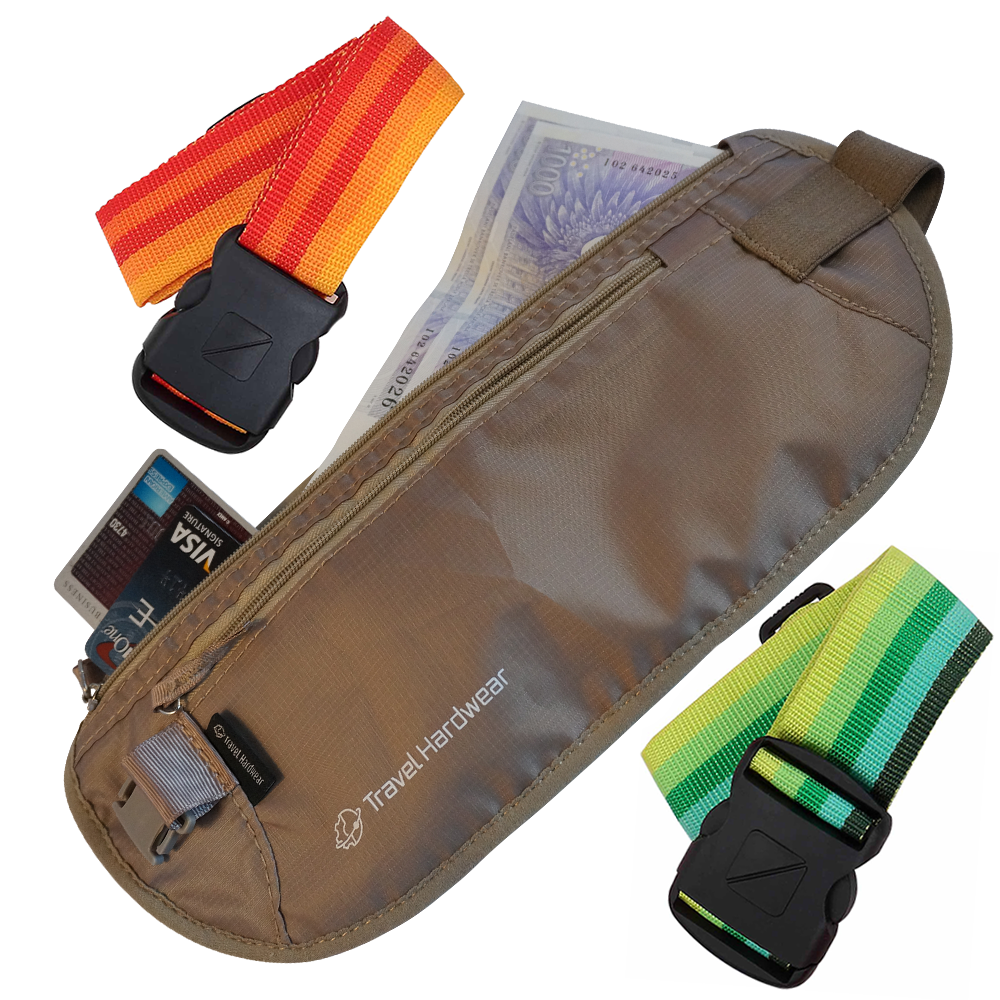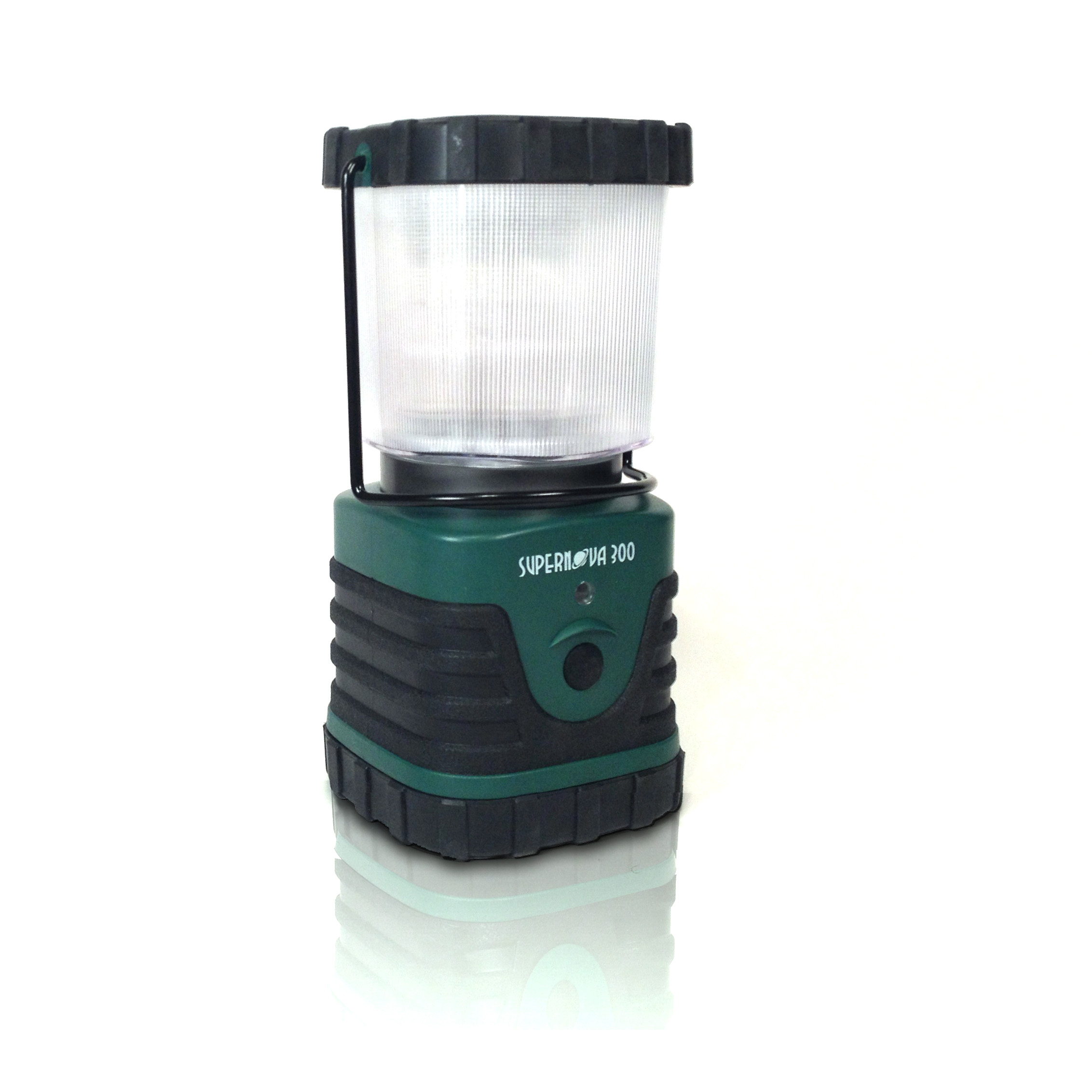I received the following items in exchange for an honest review on my blog. The opinions expressed are 100 percent my own. This post contains affiliate
links.
(Reference ID: pmd994e3728ba5e28defb88a3289cd7ee8)
Disaster preparedness and recovery is a topic that I’ve about professionally for about seven years. One of the topics that I often write about is preparing an emergency disaster kit. Over my years of research, I’ve found that the American Red Cross to be a great, comprehensive resource regarding this topic. They offer a good basic list about things to include in your kit that I recommend you follow.
- LED lantern: Most preparedness lists have flashlights on them, but flashlights won’t do much to illuminate a room and make you feel secure. I suggest adding an LED lantern to your kit because the light lasts for a long time and doesn’t get hot.
The Intervene Technologies Supernova 300Ultra Bright LED Camping Lantern is a good choice. It gives you 300 lumens of light and the LED lights last up to 100,000 hours (basically forever). With a set of new batteries, the lantern can run continuously for up to six days.
I like that the lantern has a hook, so you can hang it from the top of a tent. It also has three functions: super bright, bright and pulse (for emergencies). My only gripe about the lantern is that it did not come with batteries; it needs three D batteries. The battery cover is tricky to close if you don’t align the notch correctly.
- Rechargeable batteries: During a crisis, batteries are a commodity and an essential part of an emergency kit. I recommend that you pack traditional and rechargeable batteries so you never run out of power. Even if you don’t have electricity at your home, your local shelter may, so you can plug in the charger to juice the batteries.
Sunlabz sent me a set of its rechargeableD batteries. I didn’t know that you could charge batteries this big. Chargers exist to accommodate these batteries, 9-volt batteries, AA and AAA batteries within the same unit. The batteries come partially charged, so you need to charge them when you first open the package. The D batteries go well with the LED lantern.  Cell phone armbands: Being able to work hands-free is nice when you’re trying to recover from a disaster. Since pockets don’t offer much protection, using a cell phone sports armband is as good idea. I recently tried the Limm Sportsband for iPhone 6 and Samsung 5 and the iGear Running Armband forSamsung Galaxy S4 and S5.
Cell phone armbands: Being able to work hands-free is nice when you’re trying to recover from a disaster. Since pockets don’t offer much protection, using a cell phone sports armband is as good idea. I recently tried the Limm Sportsband for iPhone 6 and Samsung 5 and the iGear Running Armband forSamsung Galaxy S4 and S5.
The armbands are basically the same. They are both made of a lightweight, thin neoprene material, have a small pocket for a key and have a clear that responds well to touch. Limm claims that its band works for the Samsung Galaxy S4. When I tried it on my phone, the hole for the headphone didn’t line up well. The bright pink Airbundle armband worked better for my phone, and I can use it without removing the phone cover.
If you’d rather clip your iPhone 6 to your belt or waistband, the Banana Curve iPhone Case with Kickstand and BeltClip is a good choice. It’s sturdy and has two covers, one that goes on the back of your phone and one that fits over the front to protect the screen. Both parts of the case have a kickstand, making it a nice feature when you want to stream the new or listen to the radio on your cell phone after a disaster.
 Money belt: Almost all disaster preparedness lists state to have cash in you kit. It’s not a good idea to keep a significant amount of money in your wallet or pocket. Instead, stash it like a tourist in a secret money belt that you keep under a shirt. I had the opportunity to test the MyTravelBFF RFID Blocking Travel Money Belt in black and the Travel HardwareMoney Belt in beige.
Money belt: Almost all disaster preparedness lists state to have cash in you kit. It’s not a good idea to keep a significant amount of money in your wallet or pocket. Instead, stash it like a tourist in a secret money belt that you keep under a shirt. I had the opportunity to test the MyTravelBFF RFID Blocking Travel Money Belt in black and the Travel HardwareMoney Belt in beige.
Both of the belts are made from a soft lightweight material, have RFID-blocking capabilities, two pockets and generous elastic belts. I preferred the Travel Hardware money belt because it is beige; it will remain invisible under light-colored clothes, unlike a black belt. I also liked it because the buckle is slimmer and the end of the elastic belt doesn’t dangle.
If you’re packing an emergency credit card in your kit, use and RFID-blocking sleeve. I have a sleeve from BLOCKIT RFID Products. The sleeve looks like it’s made from paper, but it has aluminum and copper to create an “electromagnetically opaque shield.” While I don’t have an RFID scanner to test the sleeve, I can tell you that the sleeve is slim enough that it fits in my wallet well.- Meat thermometer: If you’re cooking any type of meat product or need to bring food up to a certain temperature, use a meat thermometer to make sure it’s at a safe temperature using a meat thermometer. Right now, I’m digging the Puna Instant-Read DigitalMeat Thermometer. The device is water- and heat-resistant, simple to use, and allows you to switch between Celsius and Fahrenheit. The probe also comes with a cover to keep it (and you) safe.
 Packing sleeves: Suitcases are bulky and you already have enough stuff in your emergency disaster kit. The last thing you need is a bunch of clothes everywhere. Pack thoughtfully with the help of packing sleeves. Dot&Dot recently hooked me up with its 18-inchPacking Organizer and 15-inch Packing Organizer.
Packing sleeves: Suitcases are bulky and you already have enough stuff in your emergency disaster kit. The last thing you need is a bunch of clothes everywhere. Pack thoughtfully with the help of packing sleeves. Dot&Dot recently hooked me up with its 18-inchPacking Organizer and 15-inch Packing Organizer.
The larger organizer fits up to 12 shirts or pants and the smaller fits up to seven shirts or pants. The organizers come with a handy folding guide to help you fold your shirts perfectly and in a manner that prevents wrinkling. They fit nicely in a travel-on suitcase and keep everything in place.
 Travel bottles: Prepare your soap, shampoo, hand sanitizer and lotion ahead of time in small travel-size bottles. These Dot&Dot Travel Bottles each hold 1 ounce of liquid and are TSA-approved for airline travel. They’re leak-proof, have a suction cup and an “ID window” that let you indicate what’s in the bottle. The bottles are also FDA-approved, so you can use them for condiments.
Travel bottles: Prepare your soap, shampoo, hand sanitizer and lotion ahead of time in small travel-size bottles. These Dot&Dot Travel Bottles each hold 1 ounce of liquid and are TSA-approved for airline travel. They’re leak-proof, have a suction cup and an “ID window” that let you indicate what’s in the bottle. The bottles are also FDA-approved, so you can use them for condiments.
I received the
products mentioned in exchange for an unbiased review on my blog. This post
contains affiliate links, meaning that I receive a small commission if you
click on an Amazon.com link and make a purchase.

No comments:
Post a Comment